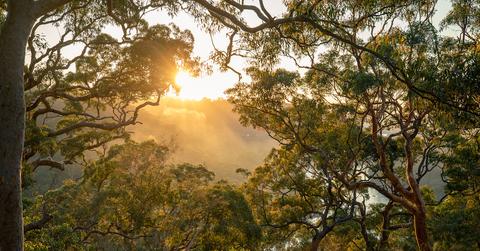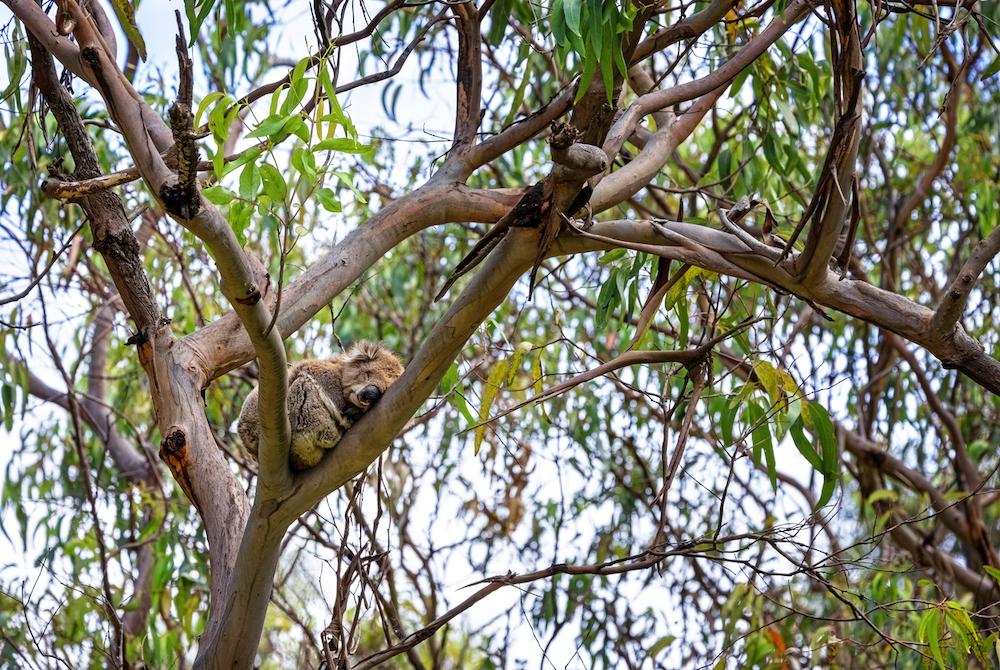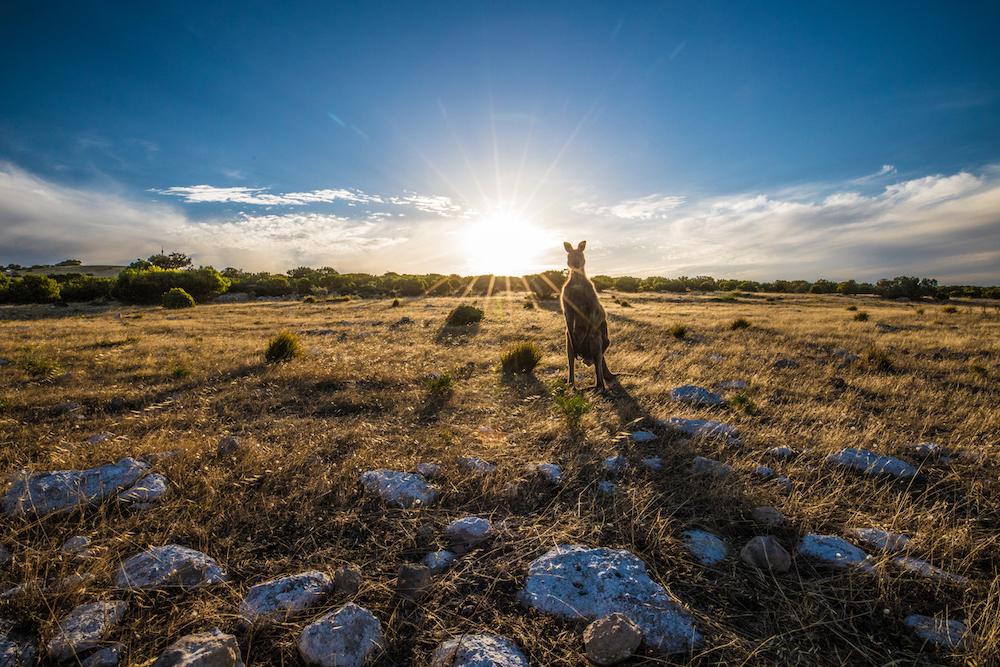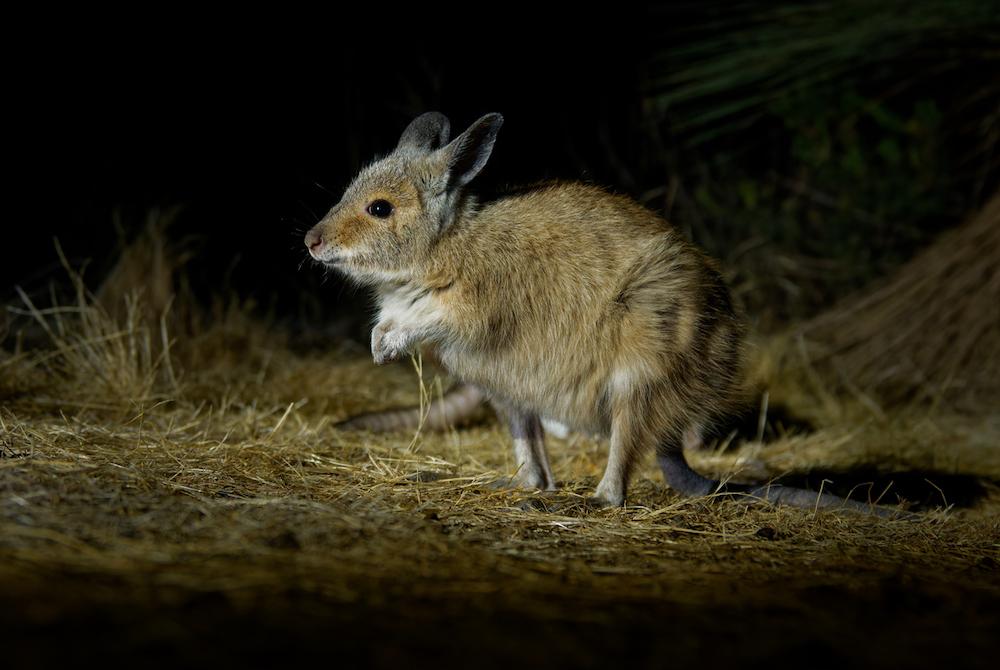Threatened Ecological Communities: These Habitats at Risk of Extinction in Australia
Published Feb. 9 2024, 2:16 p.m. ET

iStock
While we hear a lot about threatened or endangered species, entire ecosystems are also at risk of becoming extinct. And in Australia, these natural habitats that are on the brink are called threatened ecological communities.
These communities consist of habitats like woodlands, wetlands, caves, marine areas, and grasslands, and they play an intricate role in maintaining an environmental balance. There are more than 100 threatened ecological communities in Australia, and although efforts are underway to protect and restore these regions, many environmental organizations are saying that it’s not nearly enough. Let’s take a look at what these biodiverse communities are all about, and what’s being done to help.

What is a threatened ecological community?
Australia’s Department of Climate Change, Energy, the Environment, and Water (DCCEEW) explains that ecological communities are collections of organisms — including plants and animals — that naturally coexist in an area, and even rely on one another for survival. When these communities are thriving, they provide numerous environmental benefits such as preventing soil erosion, protecting against salinity, carbon sequestration, and more.
A threatened ecological community is one that faces the risk of extinction. Human actions are often the root cause for ecological communities to become threatened, due to activities like clearing land for lumber, farmlands, or development; overfishing or overhunting; water diversion; pollution; and introduction of invasive species.
In Australia, the Threatened Species Scientific Committee determines if new ecological communities are at risk. More than 50 ecosystems are classified as endangered, and more than 40 as critically endangered, per the DCCEEW.
These include critically endangered places like:

Some of these threatened ecological communities have recovery plans.
There is hope for threatened ecological communities! For several decades, recovery plans have been into place to help restore the species in a habitat, thanks to the Environment Protection and Biodiversity Conservation Act of 1999 (EPBC Act). These recovery plans identify the greatest threats for various species to create actionable steps toward the goal of zero extinctions.
For example, the National Recovery Plan for the Alpine Sphagnum Bogs and Associated Fens, which focuses on the wet areas of high rainfall alpines of New South Wales, the Australia Capital Territory, Victoria and Tasmania, found that fire was a high priority. In turn, much of the proposed actions centered around fire control, as well as managing invasive species and minimizing the risks of climate change.

These recovery plans have also allowed for a number of success stories surrounding Australia’s threatened wildlife, including the rewilding of the mala, aka the rufous hare-wallaby.
The species was previously considered extinct in the wild, but a recovery plan transitioned malas from the wild to a massive, feral predator-free area at Newhaven Wildlife Sanctuary, per the Australian Wildlife Conservancy, along with at least 10 additional nationally-threatened wildlife. Now, malas are being released back into the wild.
However, many feel that more can be done. According to Australia’s Invasive Species Council, both restoration efforts and threat reduction are essential, but neither is working properly. The Council points to issues like underfunding, poor execution, and insufficient planning.
The National Species Recovery Hub found that of the 19 Australian eucalypt woodlands listed as threatened ecological communities under the EPBC Act (including 14 designated as critically endangered), only four had recovery plans in place.
The Invasive Species Council says that additional reform is needed, including more scientific-based nominations of what communities are threatened, additional monitoring, reevaluating the existing threat categories, and possibly adding an emerging threat category to shift the focus more on prevention. For more information, see the Invasive Species Council in-depth reform plan.